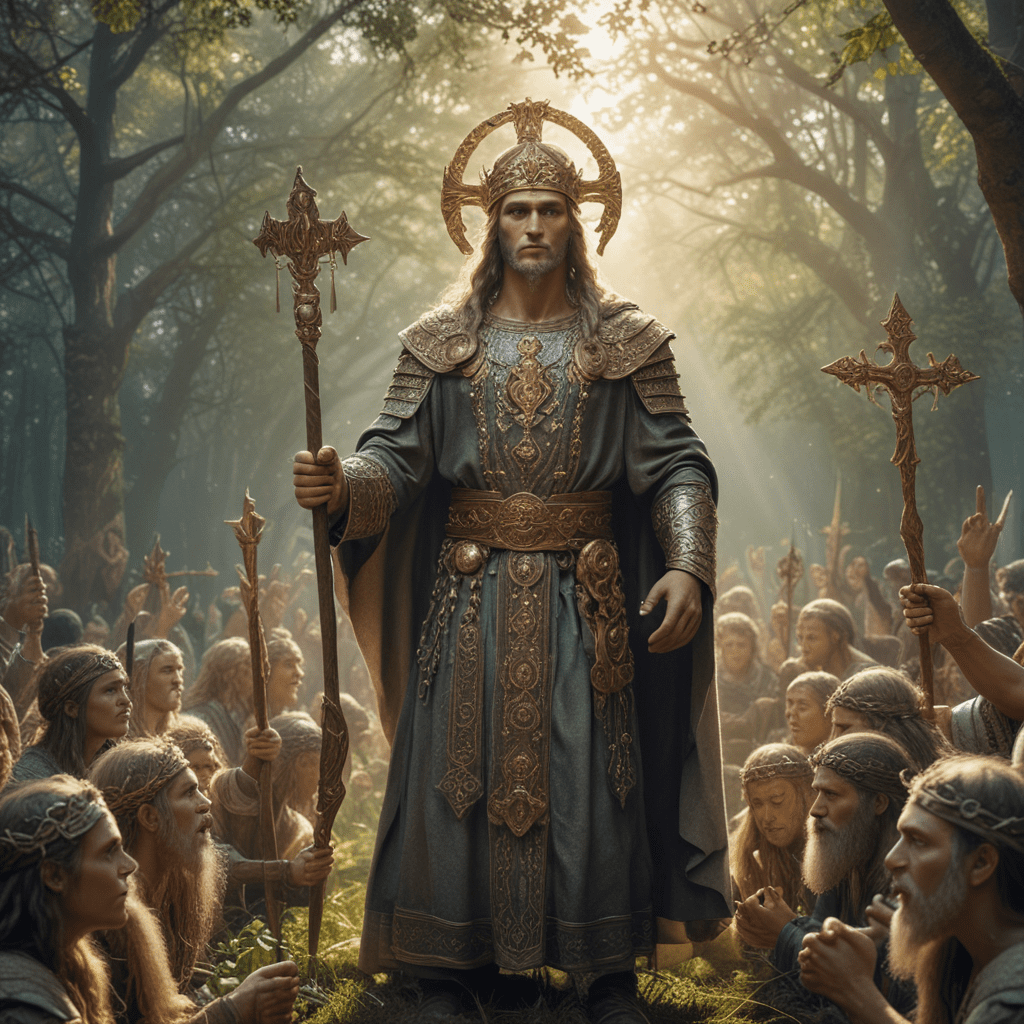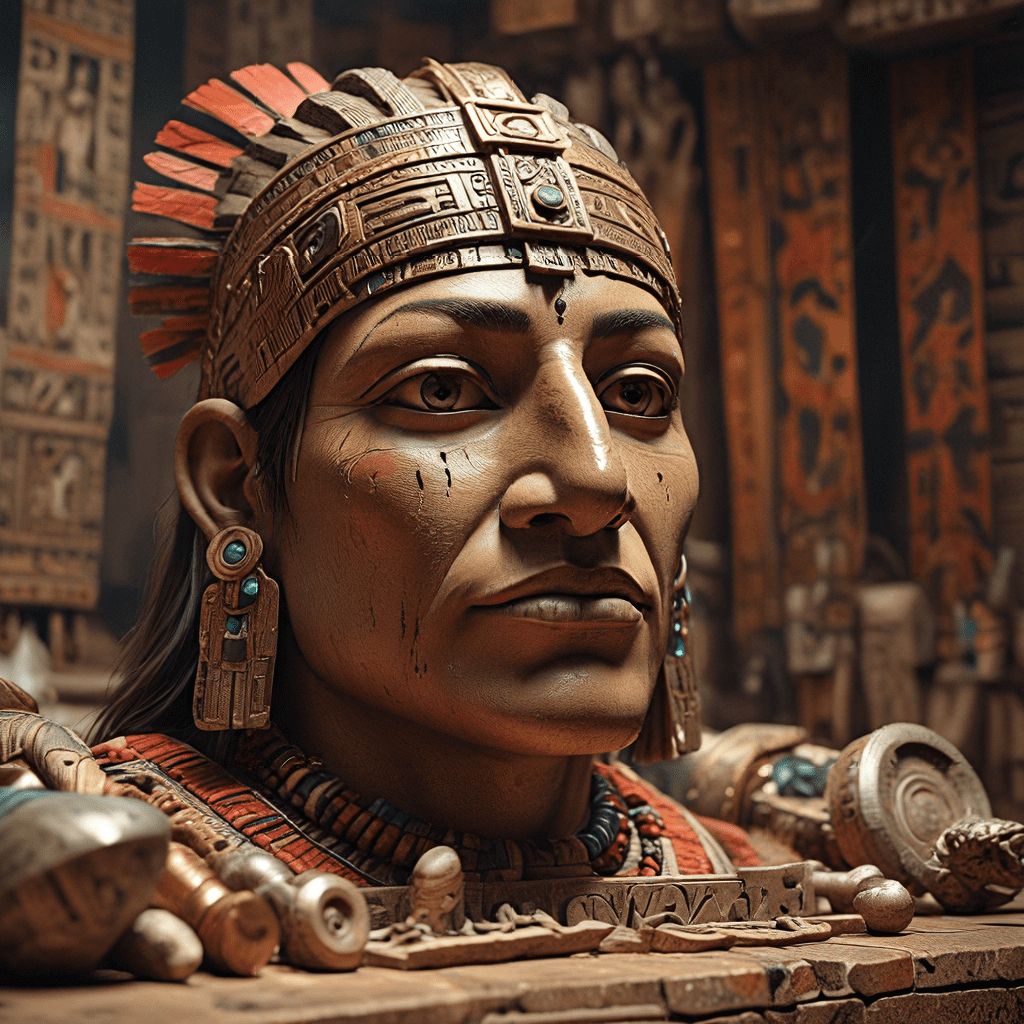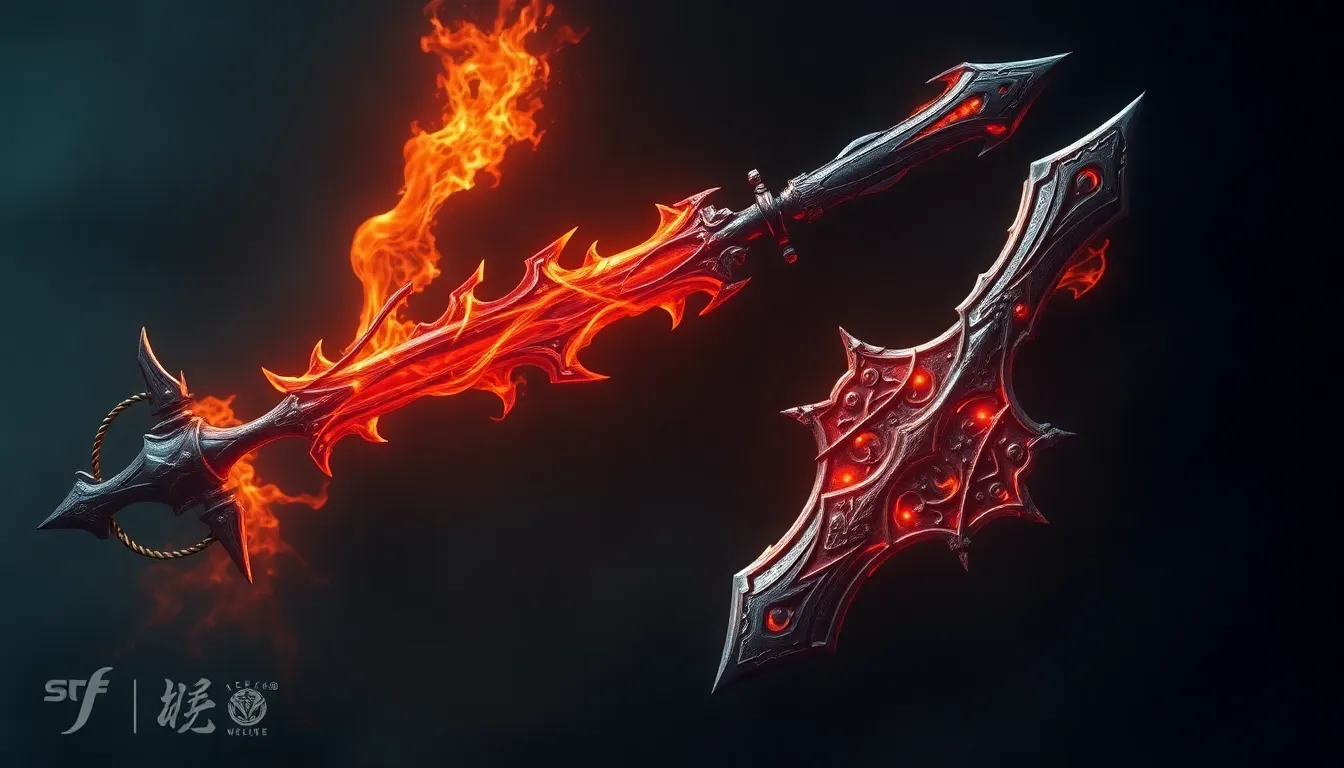I. Introduction
Christianity has exerted a significant influence on Slavic mythology, shaping its beliefs, practices, and narratives. The arrival of Christianity in Slavic lands marked a transformative period, leading to the intertwining of pagan and Christian elements within the Slavic worldview. This influence has left a lasting impact on Slavic culture, shaping its folklore, traditions, and artistic expressions.
II. Early Slavic Mythology
Before the introduction of Christianity, Slavic mythology consisted of a rich tapestry of beliefs and practices. The Slavic pantheon included deities such as Perun, the god of thunder and lightning, and Veles, the god of the underworld and livestock. Nature played a central role in Slavic mythology, with spirits and deities associated with various natural phenomena. Ancestral worship and communal rituals were also integral parts of Slavic religious practices.
III. The Arrival of Christianity in Slavic Lands
Christianity entered Slavic lands in the 9th and 10th centuries, primarily through Byzantine and Roman Catholic missionaries. The conversion of Slavic rulers and their people to Christianity marked a pivotal moment in Slavic history. This transition brought about a profound encounter between the indigenous Slavic beliefs and the tenets of the Christian faith.
IV. Syncretism and the Transformation of Slavic Gods
The encounter between Christianity and Slavic mythology resulted in a unique process of syncretism. Many Slavic gods and spirits were reinterpreted or merged with Christian saints and figures. For instance, Perun became associated with Saint Elijah, while Veles became linked with Saint Nicholas. This syncretism allowed for the preservation of some elements of Slavic mythology within the Christian framework.
V. Christian Influence on Slavic Mythical Beings
Christian beliefs and imagery also influenced the nature and attributes of Slavic mythical beings. Traditional Slavic creatures, such as the rusalki (water spirits) and the domovoi (household spirits), were reinterpreted in light of Christian teachings. The concept of hell and the devil became incorporated into Slavic mythology, along with the belief in angels and other heavenly beings.
VI. Christianization of Slavic Rituals
The adoption of Christianity also led to the gradual transformation of Slavic rituals and practices. Traditional Slavic festivals and customs were imbued with Christian elements, blending the old beliefs with the new faith. For instance, the Slavic celebration of Maslenitsa (Butter Week) became associated with the Christian holiday of Lent, while the ancient practice of Kupala Night (summer solstice) was infused with Christian symbolism.
VII. The Influence of Christian Imagery and Symbolism
Christian imagery and symbolism became deeply ingrained in Slavic art and culture. Icons depicting Christian saints and scenes from the Bible proliferated in churches and homes. Christian symbols, such as the cross and the dove, were incorporated into Slavic jewelry, embroidery, and other forms of artistic expression. This visual representation of Christian beliefs further reinforced their influence on Slavic mythology.
VIII. The Decline of Traditional Slavic Mythology
Over time, the traditional Slavic mythology gradually declined, giving way to the dominance of Christianity. However, elements of Slavic mythology persisted in folklore, legends, and fairy tales. These stories often featured reimagined versions of Slavic gods and mythical beings, reflecting the enduring influence of the old beliefs in Slavic culture.
IX. Christianity and Slavic Folklore
Christian beliefs and narratives also influenced the development of Slavic folklore. Legends and tales emerged that blended Christian themes with traditional Slavic motifs. For instance, stories of saints battling dragons or demonic creatures became common in Slavic folklore. These narratives showcased the intermingling of Christian and Slavic elements within the shared cultural heritage.
X. Conclusion
The influence of Christianity on Slavic mythology has been a complex and multifaceted process. The encounter between the two belief systems resulted in syncretism, transformation, and decline, leaving a lasting impact on Slavic culture. While traditional Slavic mythology may have waned, its elements continue to resonate in folklore, art, and cultural traditions, demonstrating the enduring legacy of the old beliefs in the Slavic worldview.
FAQs
Q: What was the main reason for the decline of traditional Slavic mythology?
A: The adoption of Christianity by Slavic rulers and their people was the primary factor in the decline of traditional Slavic mythology. The introduction of the Christian faith led to the gradual replacement of pagan beliefs and practices.
Q: Are there any remnants of Slavic mythology still visible in modern Slavic culture?
A: Yes, elements of Slavic mythology have persisted in Slavic folklore, fairy tales, and cultural traditions. These include reimagined versions of Slavic gods, mythical beings, and ancient rituals, often blended with Christian elements.
Q: What are some examples of Christian influence on Slavic mythical beings?
A: Christian beliefs influenced the characteristics and attributes of Slavic mythical beings. For instance, the rusalki (water spirits) became associated with the souls of unbaptized children, while the domovoi (household spirits) were reinterpreted as guardians of the home under the protection of Christian saints.


